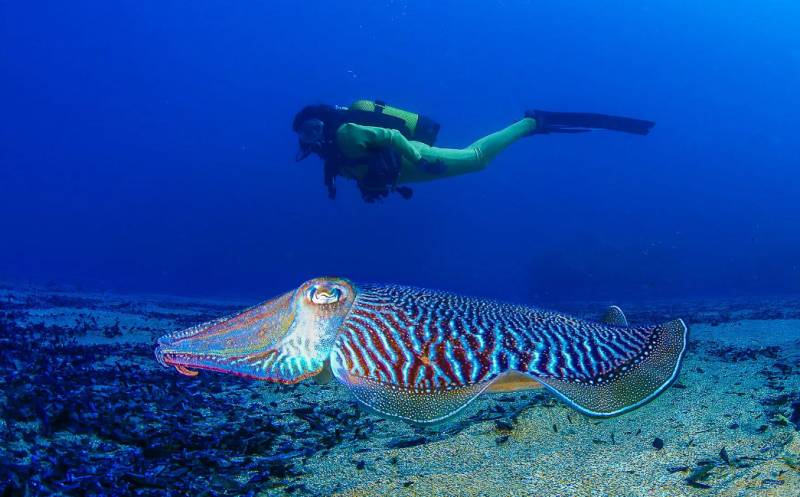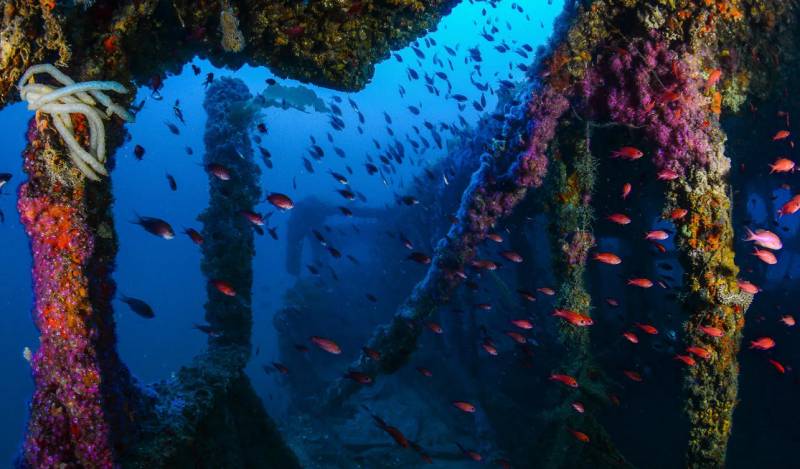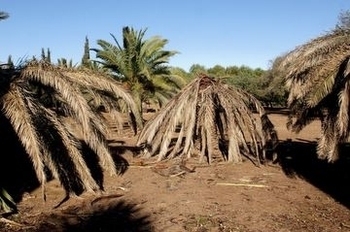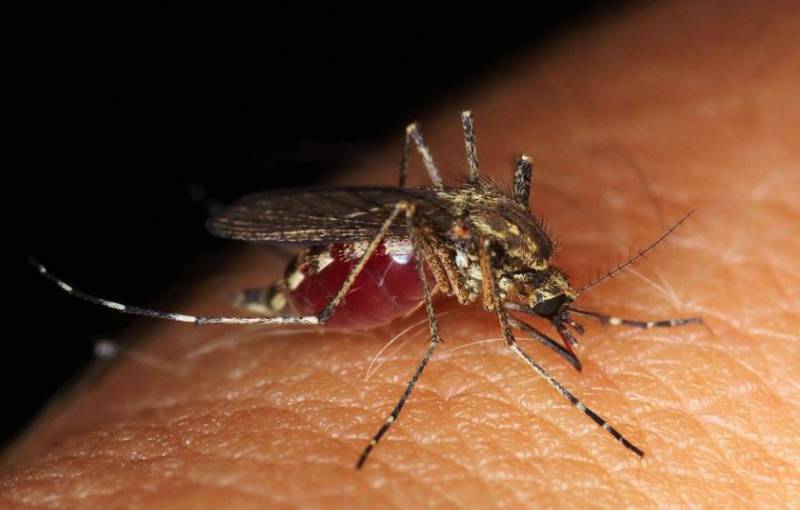
To be listed on the haciendadelalamo TODAY MAP please call +34 968 018 268.
Murcia tourist authorities promote the first “Ruta Sub” to encourage dive tourism in the Costa Calida
From La Manga to Águilas the Region of Murcia boasts some of the finest dive sites in Europe
 Much is made these days of the need to create and promote “green tourism”, but the regional tourist board of Murcia is campaigning to attract visitors by promoting “blue tourism” during 2022.
Much is made these days of the need to create and promote “green tourism”, but the regional tourist board of Murcia is campaigning to attract visitors by promoting “blue tourism” during 2022.
The phrase “blue tourism” refers to the huge range of opportunities to enjoy diving and scuba at the many sites of interest along the Costa Cálida, from Cabo de Palos in the east to Águilas in the south-west, with the clear water of the Mediterranean making this one of the most popular areas in Europe to admire underwater flora and fauna as well as numerous wrecks. The water is warm for practically the whole year, and as a result, apart from a brief break in February and March, most dive centres and schools are open all year round.
In all of the main dive areas (La Manga, Cabo de Palos and Islas Hormigas, La Azohía and Cabo Tiñoso, Mazarrón and Águilas) there are both easy dives for beginners and others which are testing even for very experienced divers, and the Region of Murcia boasts 17 official diving instruction centres.
 This year the tourist board is organizing its first “Ruta Sub”, in which those registered are entered into a prize draw. Participants must at least have a recreational diving certificate and undertake a minimum of nine dives before the end of 2022. Three of these dives must be in the marine reserve of Cabo de Palos and Islas Hormigas, three more in the reserve of La Azohía and Cabo Tiñoso and another one each in the areas of La Manga - Isla Grosa, Mazarrón and Águilas.
This year the tourist board is organizing its first “Ruta Sub”, in which those registered are entered into a prize draw. Participants must at least have a recreational diving certificate and undertake a minimum of nine dives before the end of 2022. Three of these dives must be in the marine reserve of Cabo de Palos and Islas Hormigas, three more in the reserve of La Azohía and Cabo Tiñoso and another one each in the areas of La Manga - Isla Grosa, Mazarrón and Águilas.
Details of these dives will be entered on a special Dive Card by the official dive centres, each of them costing a fixed price of 33 euros including the boat, dive guide, air bottle and dive weights.
Dive zones
 La Manga - Isla Grosa
La Manga - Isla Grosa
The sea around Isla Grosa is a protected area and the island itself is of volcanic origin and is a Site of Community Interest, partly due to the posidonia seagrass meadows which surround it. The offshore reefs contain not only a huge variety of fish but also vestiges of ancient civilizations including the Phoenicians and the Romans as well as the wrecks of 19th century cargo ships.
Cabo de Palos and Islas Hormigas
The headland of Cabo de Palos juts out into the Mediterranean, reaching the migratory paths of many marine animals, and the marine reserve of Cabo de Palos - Islas Hormigas the best-known and most  popular among divers. Again, it is rich not only in marine flora and fauna but also in historic wreck sites.
popular among divers. Again, it is rich not only in marine flora and fauna but also in historic wreck sites.
Cartagena - La Azohía - Cabo Tiñoso
Sheltered from the easterly wind, the water of Cartagena offers plenty of opportunities to dive right into the distant past as it is full of archaeological evidence left by different peoples over the millennia. The water here is usually exceptionally clear, enabling the seabed and coastal features to be explored more easily than in almost any other part of the Mediterranean.
Mazarrón
Puerto de Mazarrón, nestling between the headlands of Cabo Cope and Cabo Tiñoso in the Gulf of Vera, is a unique location with 35 kilometres of beaches including wild coves and plenty of opportunities to dive in underwater caverns. For both beginners and experts there are perfect locations to wonder at the marvels of the underwater world.
Águilas
 Diving in Águilas is quite an adventure, with an enormous underwater landscape stretching from the Peñón de la Cueva de Los Lobos to Punta Parda. Sheltered in most parts by majestic cliffs, the beautiful beaches offer plenty of dives, always in the knowledge that the expert certified dive professionals are looking out for your complete safety.
Diving in Águilas is quite an adventure, with an enormous underwater landscape stretching from the Peñón de la Cueva de Los Lobos to Punta Parda. Sheltered in most parts by majestic cliffs, the beautiful beaches offer plenty of dives, always in the knowledge that the expert certified dive professionals are looking out for your complete safety.
Registration for the Ruta Sub can be made at www.buceaenlaregiondemurcia.com.



















































